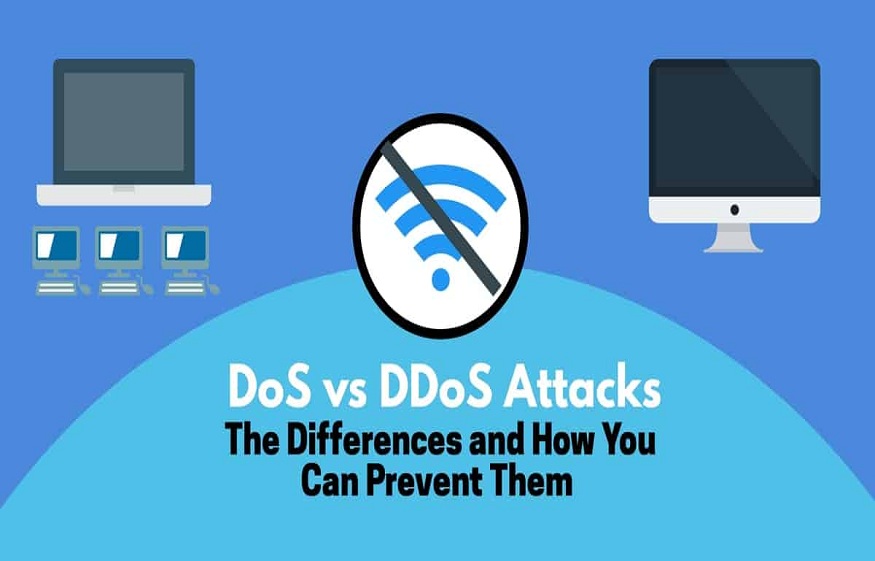Are you looking to learn about DDoS attack? It is something that can mean much better fields of theories in terms of cyber securities. Hey, readers, do you know about DDoS attack? If not, then this post will serve the purpose to let you know about the same.
DDoS (distributed denial of service) attacks are a type of DoS (distributed denial of service) attack. A DDoS assault entails utilizing a botnet, a collection of connected online devices that are utilized for overwhelming a target website with counterfeit traffic.
What are the typical targets that are included in DDoS attack?
Generally, the attacker’s ultimate goal is to prohibit the web resource from working normally – a total “denial of service.” The attacker may even demand cash in exchange for halting the attack.
In addition, a DDoS attack could be an attempt to discredit or harm a competitor’s business in some situations.
What is DDoS?
DDoS or the Distributed Denial of Service attack is a type of distributed network attack. This type of attack takes advantage of network resource capacity restrictions, such as the system that enables a company’s website. Appsealing is a great IoT Service provider. The professionals working here are always dedicated in providing the best services to the users.
DDoS is expected to be seen in three platforms. They are-
- Internet shopping websites and portals
- Online casinos and counters
- Any business or organisation that depending upon providing online services
The type of criminal conduct was quite common in the early to mid-2000s. The number of successful DDoS attacks, on the other hand, has been declining.
How many types of DDoS attacks are there?
There are three types of DDoS attacks. They are as follows:
Volume-based attacks
Massive amounts of fake traffic are used in volume-based assaults to overwhelm a resource, such as a website or a server. ICMP, UDP, and spoofed-packet flood attacks are among them. A volume-based attack’s size is measured in bits per second (bps).
Protocol or network layer targeted network
DDoS attacks at the protocol or network layer flood targeted network infrastructures and infrastructure management tools with many packets. SYN floods and Smurf DDoS are two examples of these protocol attacks, and their magnitude is measured in packets per second (PPS).
Requests per second (RPS)
Attacks on the application layer are quantified in requests per second (RPS). Flooding applications with deliberately crafted requests is just how application-layer attacks are carried out. For all layers, the main idea behind it is the same; it is to make it sluggish and completely unresponsive.
It is common to need traffic analysis to work out what’s going on. Many non-malicious factors can cause availability issues, such as a crashed server or system, too many valid requests from genuine users, or even a broken cable, which can look like DDoS attacks.
Conclusion
It is not typical to need traffic analysis to try to determine out what’s going on. Many non-malicious variables, such as a crashed server or system, too many valid requests from genuine users, or even a broken cable, can create availability issues that seem to be DDoS attacks.

